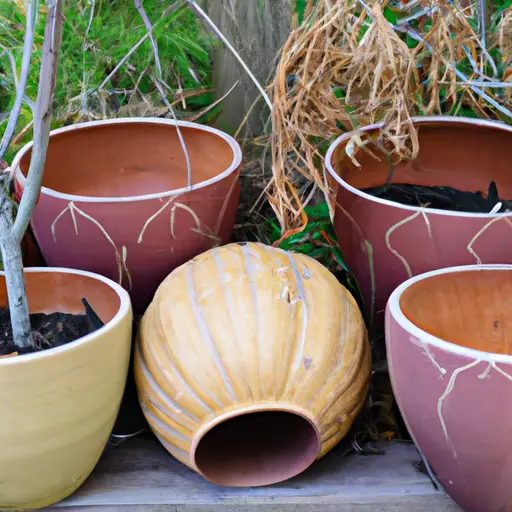Container gardening is a popular and practical way to grow plants, flowers, and vegetables in a limited space. Whether you have a small balcony, patio, or even just a windowsill, container gardening can offer you the opportunity to cultivate your own little oasis. For beginners looking to dive into the world of container gardening bliss, here is a comprehensive guide to get you started.
Selecting the Right Containers
When choosing containers for your garden, there are a few key factors to consider. First and foremost, ensure that your containers have proper drainage holes at the bottom. This will prevent waterlogging and root rot. Additionally, choose containers that are large enough to accommodate the roots of your chosen plants as they grow. Porous materials such as terracotta or clay pots are ideal for container gardening as they allow for good air circulation.
Selecting the Right Soil
Container gardens require soil that is lightweight and well-draining. Regular garden soil tends to be too heavy for containers, leading to poor drainage and root suffocation. Opt for a high-quality potting mix that contains a blend of compost, peat moss, vermiculite or perlite for added moisture retention.
Selecting the Right Plants
The choice of plants will depend on various factors including the available sunlight in your space, climate conditions, and personal preferences. Consider using a mix of annuals and perennials as well as herbs or vegetables to add both color and functionality to your container garden. Some popular choices for beginners include petunias, marigolds, tomatoes, basil or mint.
Proper Watering Techniques
Container gardens tend to dry out more quickly than traditional gardens due to their limited soil volume. Therefore it’s crucial to closely monitor soil moisture levels by regularly checking with your finger or using a moisture meter if necessary. As a general rule of thumb, water thoroughly until it drains out of the bottom holes but avoid overwatering as this can lead to root rot.
Fertilize Regularly
Plants in container gardens rely on you for their nutrients as the soil mix eventually depletes. To keep your plants happy and healthy, it is essential to fertilize them regularly. Choose a balanced, slow-release fertilizer and apply it according to the instructions on the packaging. Remember to avoid over-fertilizing, as this can lead to burned roots and poor plant growth.
Sunlight Requirements
Different plants have varying sunlight requirements. Before selecting your plants, observe the amount of sunlight your chosen location receives throughout the day. Full sun plants require at least six hours of direct sunlight daily, while shade-loving plants can thrive in areas with limited direct sunlight or dappled shade. Match your plant selections with the available light conditions for optimal growth.
Pest Control
Pests can be a common problem in container gardens if proper preventive measures are not taken. Regularly inspect your plants for signs of pests such as aphids, snails or slugs. Introduce natural predators like ladybugs or lacewings into your garden or use organic pest control solutions to keep these unwanted visitors at bay.
Space Optimization
Container gardening offers endless possibilities for creative arrangements. Consider vertical gardening by utilizing trellises or hanging baskets to maximize space. Grouping containers together will create a lush and visually appealing arrangement while conserving space.
Seasonal Considerations
Container gardens are versatile and easily adaptable to different seasons. Experiment with cool-season varieties like pansies, lettuce, or kale during colder months and switch to warm-season crops such as tomatoes, peppers, or zucchini in summer. You can also introduce ornamental flowers for added color and beauty all year round.
Maintenance and Care
Regular maintenance is crucial for the health and longevity of your container garden. Pruning dead leaves or spent flowers will encourage new growth and prevent disease spread. Additionally, be mindful of potential issues such as overgrown roots or overcrowding. Repotting or dividing plants when necessary will ensure their continued health.
Container gardening offers a rewarding and enjoyable way to connect with nature, regardless of the size of your space. By following these beginner-friendly tips, you can create a thriving and beautiful container garden that brings you joy and satisfaction throughout the year. So grab your gloves, pick up some containers, and get ready for your very own container gardening bliss!













